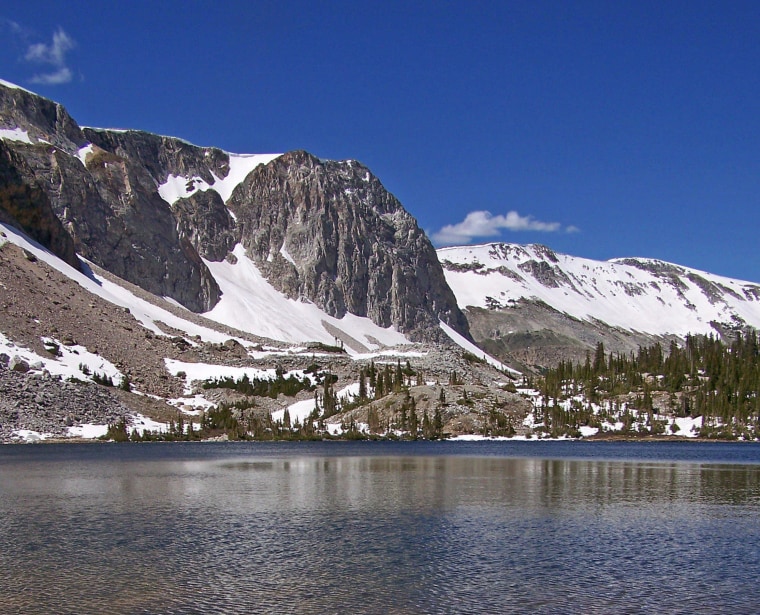In the nearly 60 years since meteorologists first conceived of seeding clouds as a way to increase rainfall, it has remained unclear whether human attempts to make it snow actually work.
Now, the results of the most scientific study of cloud seeding done yet are in. Researchers found that seeding clouds with droplets of silver iodide does slightly increase precipitation, boosting levels by 5 to 15 percent. However, experts disagree about whether this small increase means cloud-seeding efforts should expand.
In Western states, water providers, ski areas and power companies interested in hydroelectric generation have all injected silver iodide droplets into winter clouds for decades. In those areas, the winter snows that collect on mountain ranges provide upward of 70 percent of annual precipitation. The idea is that the droplets provide a nucleus within a cloud around which water can coalesce, forming snowflakes.
A 2003 National Research Council report called "Critical Issues in Weather Modification Research" sharply criticized the core idea. The problem, the report said, was "the absence of adequate understanding of critical atmospheric processes that, in turn, leads to a failure in producing predictable, detectable and verifiable results."
Researchers in Wyoming accepted the challenge of finding such verifiable results. They conducted a $14 million randomized blind statistical experiment that was designed and evaluated by the National Center for Atmospheric Research (NCAR). The primary laboratory consisted of two parallel mountain ranges, the Sierra Madre and Medicine Bow. During six winters, from 2008 into 2014, the researchers seeded storms that blew over both mountain ranges.
The results showed no significant increase in precipitation from storms that were seeded.
So, cloud seeding is a dud? The report said no. Lacking the desired number of storms needed for a better statistical analysis of precipitation, the researchers turned to measuring cloud seeding's effect on variable infiltration capacity, which is a measure of snowmelt-driven streamflow. This modeling yielded a more optimistic takeaway of a 5- to 15-percent increase in precipitation, the researchers reported at the conference of the Colorado River Water Users Association on Dec. 18 in Las Vegas.
But the real bottom line is that this is cheap water. NCAR estimated it would cost $35 to $107 per acre-feet of water in the North Platte River Basin if a 10 percent seeding effect affected 60 percent of the basin. Water in the basin has been marketed on a temporary basis for $30 and $75 per acre-foot. At the headwaters of the Colorado River, near Vail and Breckenridge, water is valued at up to $40,000 per acre-foot.
— Allen Best, Live Science contributor
This is a condensed version of a report from LiveScience. Read the full report. Follow LiveScience on Twitter, Facebook and Google+.
